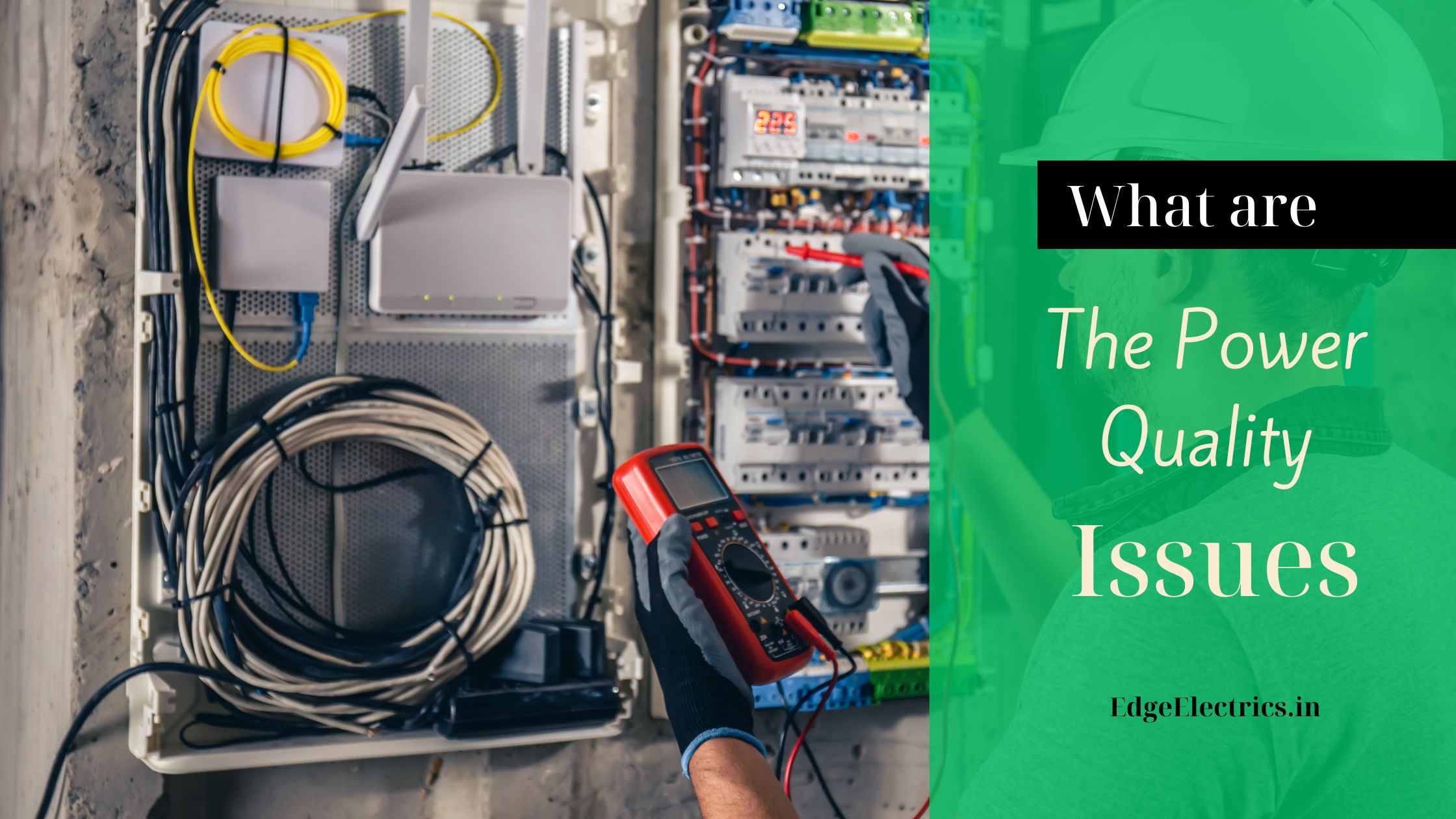
What is Power Quality Classification?
Power quality classification is a critical outlook of electrical engineering that focuses on the characteristics of electrical power supplied to consumers. It ensures that the power delivered is consistent, reliable, and free from disturbances that could influence the performance of electrical equipment.
Power quality classification is a structured method for categorizing various types of power disturbances and quality levels within an electrical system. By establishing these categories, engineers, energy auditors, and technicians can pinpoint specific power quality issues, trace their origins, and apply suitable corrective actions. This classification typically takes into account factors such as frequency, magnitude, duration, and the effect of disturbances on electrical equipment.
Why is Power Quality Important?
Poor power quality can lead to a range of issues, from malfunctions in sensitive equipment to prolonged downtime and higher maintenance expenses. In industries dependent on precision tools or digital systems, even small power disturbances can hinder productivity, causing financial losses and potential safety risks.
Major Types of Power Quality Classifications
Power quality can be divided into several categories, each linked to distinct disturbances and challenges. Here are the primary categories:
1.Voltage Variations
- Undervoltage: Happens when the voltage falls below the standard operating range, potentially causing equipment to perform poorly and overheat, which can shorten its lifespan.
- Overvoltage: Occurs when the voltage is too high, which can harm sensitive electronics and decrease the lifespan of equipment.
- Voltage Swells and Sags: Temporary increases (swells) and decreases (sags) in voltage levels can interfere with equipment performance and, in extreme cases, cause power outages.
2.Frequency Variations
- Electrical systems are intended to function at a specific frequency, such as 50 Hz or 60 Hz. Deviations from this frequency can cause equipment to perform poorly, overheat, and experience mechanical wear.
3.Harmonics
- These are unwanted high-frequency components that distort the main frequency waveform. Harmonic distortion results in overheating of motors and transformers, leading to increased losses and decreased overall efficiency.
4.Transients
- These are brief bursts of energy that occur due to sudden changes in the power system. Transients can be categorized into impulsive transients and oscillatory transients.
5.Flickers
- Flickers are rapid voltage fluctuations that cause noticeable instability in lighting. This can lead to discomfort in settings where consistent lighting is essential, such as hospitals or manufacturing facilities.
Benefits of Power Quality Classification
- Accurate Diagnostics: Categorizing power quality issues helps technicians pinpoint specific problems and comprehend their effects.
- Improved Equipment Reliability: Consistent monitoring and classification facilitate preventative maintenance, ensuring efficient equipment operation.
- Reduced Downtime: By controlling and mitigating power disturbances, industries can prevent costly downtime and productivity losses.
- Cost Savings: Effective power quality management reduces energy waste and prolongs equipment lifespan, resulting in substantial cost savings over time.
Conclusion
In conclusion, power quality classification is a significant process in ensuring the stability and reliability of electrical power. By understanding and addressing power quality issues, we can enhance the performance and longevity of electrical systems, ultimately leading to more efficient and reliable power usage.
continue reading
Related Posts
Power Quality Disturbances are voltage sags, swells, spikes, fluctuation and […]
Maintaining Good Power Quality includes several important characteristics such as […]
Ensuring good power quality is crucial in electrical systems. As […]



